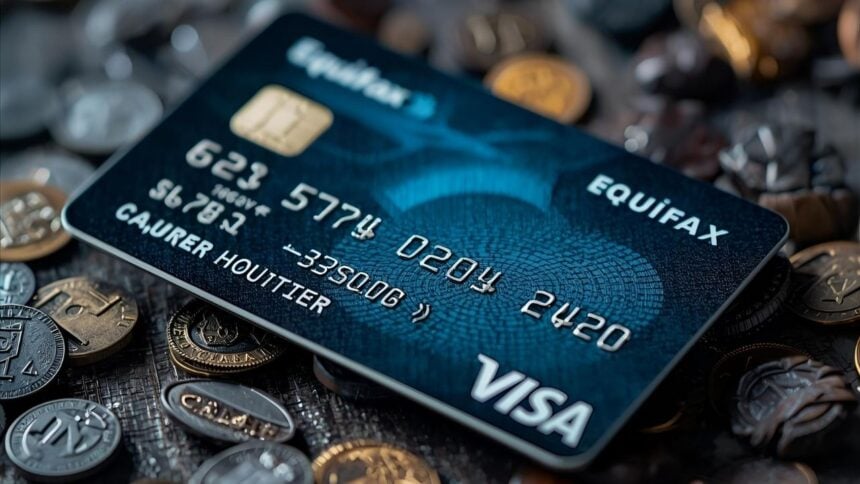Credit card fraud in Canada rose sharply in the second quarter even as lenders saw fewer attempts to game credit applications, according to new figures from Equifax Canada.
The company said card fraud reached 0.75% in Q2 2025, up from 0.44% a year earlier, while application fraud fell to 0.56% from 0.70% in the first quarter and 0.57% a year ago.
Equifax framed the split as a shift in tactics that puts day-to-day payment activity in the crosshairs, and recommended extra vigilance by cardholders and lenders alike. Equifax attributed much of the pressure to identity-based schemes.
In its latest summary, the firm said third-party fraud now drives the majority of credit card cases and that true-identity fraud makes up a significant share of those incidents.
Regional hot spots included Ontario and Atlantic Canada, with middle-aged consumers seeing some of the steepest increases.
These patterns arrive as household budgets remain tight and digital commerce keeps expanding, a combination that creates more points of entry for scammers.
The downtrend in application fraud offers some relief to lenders that tightened verification during the past year.
Equifax noted the Q2 rate is the lowest since the third quarter of 2022, suggesting better screening and slower demand for new credit are working. Yet the mix is moving in a way that matters for everyday consumers.
Fraud that strikes after a card is opened can drain accounts, trigger charge disputes, and erode credit scores if missed payments cascade before an issue is caught and reversed.
In short, the most effective defense is early detection, which starts with checking statements and enabling real-time alerts.
Carl Davies, head of fraud and identity at the company, said in a press release: “The surge in credit card fraud is concerning and requires vigilance from lenders, policymakers and consumers alike.”
That warning lines up with the data showing card fraud diverging from other categories such as auto and deposits, which saw year-over-year declines.
Review recent transactions, set up notifications from your bank app, and report anomalies quickly so issuers can lock cards and reissue numbers before damage spreads.
For the financial system, the shift may keep costs elevated into year-end, when fraud often spikes alongside holiday spending.
Card issuers typically absorb fraudulent charges, but the operational work to investigate and reimburse can filter into higher expenses.
That is one reason many banks have leaned harder on step-up authentication, device fingerprinting, and behavioral analytics to flag unusual patterns.
In parallel, merchants are investing in stronger checkout verification to avoid chargebacks after goods ship to fraudsters. The industry push is likely to accelerate if card-present and card-not-present attack rates keep widening.
Regulators and police have spotlighted schemes that impersonate trusted institutions or misuse logos to lend credibility online.
One recent case, uTrader accused of misusing CIRO logo and Fortrade name, shows how quickly bad actors adapt to official warnings.
Separately, a data-access case at a major bank drew attention to insider risks, as detailed in Former RBC employee charged in alleged access to Carney’s bank data.
These cases are different from card fraud at the point of purchase, but they underscore a common theme: trust signals can be faked, and personal data can be abused if controls fail.
Scan your card activity weekly, skim daily alerts, and dispute anything unfamiliar right away.
Freeze cards you do not use, avoid storing details on unfamiliar sites, and consider virtual card numbers where your bank offers them. The Q2 figures point to a clear message for the coming shopping season.
Application fraud is ebbing, but transactions are where the risk is rising, and the fastest way to cut losses is to spot them early.













